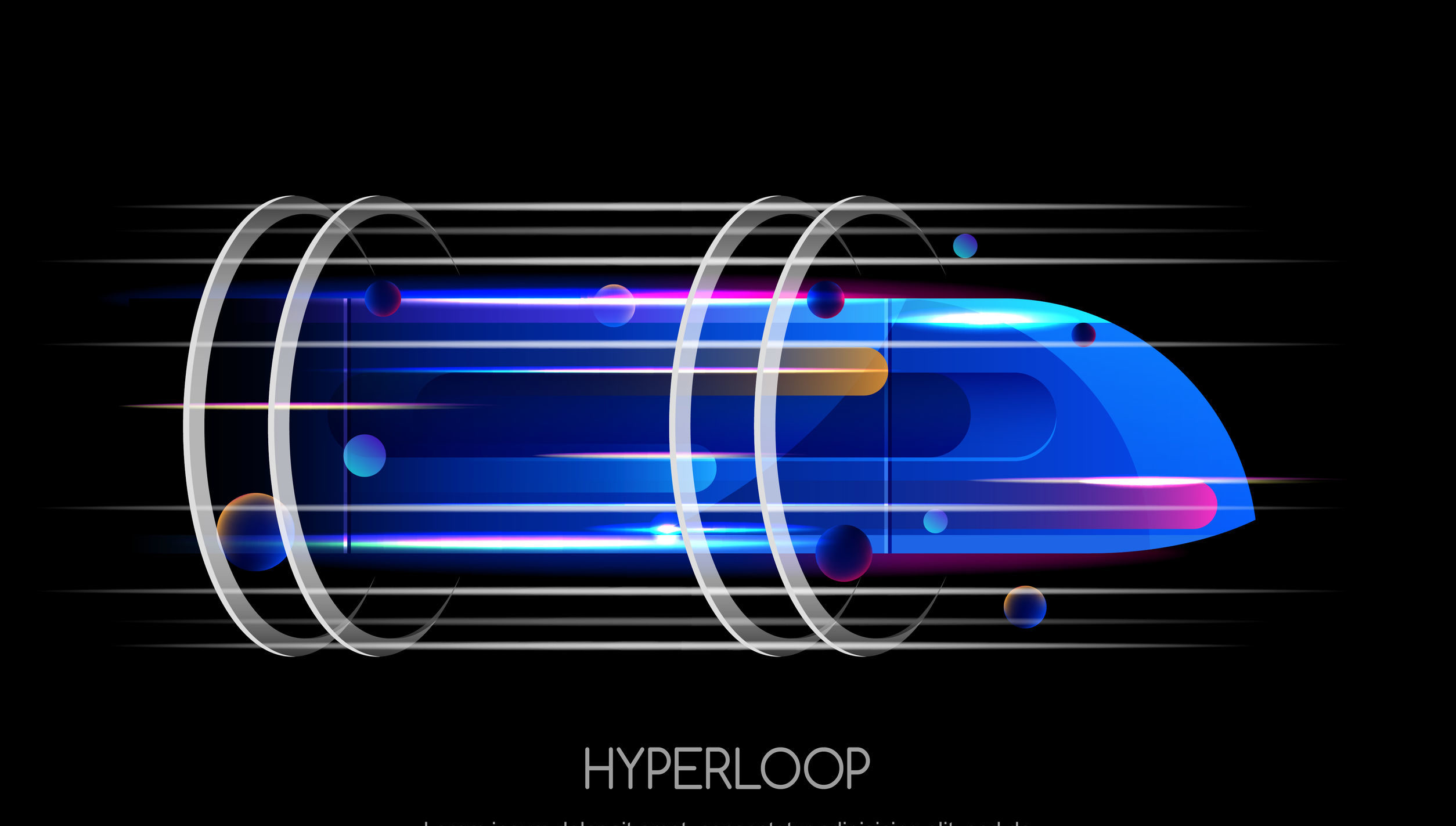Hyperloop: A Way to Move Tomorrow?
Hyperloop, what is that? Another trendy English word?
No! The word has been kept in English because it comes to us from an idea of a man, Elon Musk. Then boss of Tesla in 2013, he imagines a train of the future. Namely more precisely, a magnetic levitation train in a vacuum cylinder that can reach the theoretical speed of 1200km/h! To have an idea in mind, this would make it possible to complete Paris – Marseille in 40 minutes.
But how does it work?
Vacuum pumps are placed along the entire path to recreate a space-like environment inside the tube, to propel the capsule into levitation.
6 years after the launch of the idea, where are we at with the project?
Is this a real workable idea? Or a project worthy of the best science fiction movies that will never see the light of day?
While Elon Musk has broken away from the program, 3 start-ups have “taken over” the torch: Virgin Hyperloop One (based in California), Hyperloop Transportation Technologies (HTT, based in California), and TransPod (based in Canada).
With marketing objectives for 2021-2022, the first phases of testing are beginning to be carried out.
Hyperloop will certainly be used first for freight transport before it can make passengers “super-travel”.
And it is in Europe (and partly in France) that all these tests are carried out. With a research center near Toulouse for Hyperloop TT, another near Limoges for Transpod and in Spain at Bobadilla for Virgin Hyperloop One.
So will tomorrow’s train keep all these promises? See you in 1 or 2 years to see the first results!
Would you like to know more about our Automotive & Mobility Studies? Contact-us.
We will be happy to exchange with you, to offer you a tailor-made study methodology and support throughout your project.
The LDB Mica Research team



